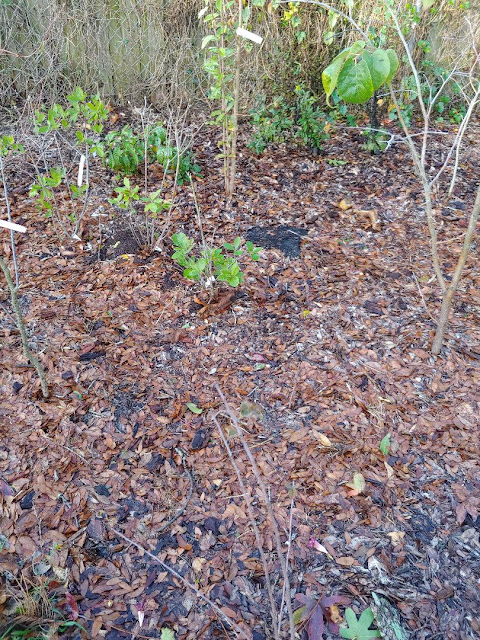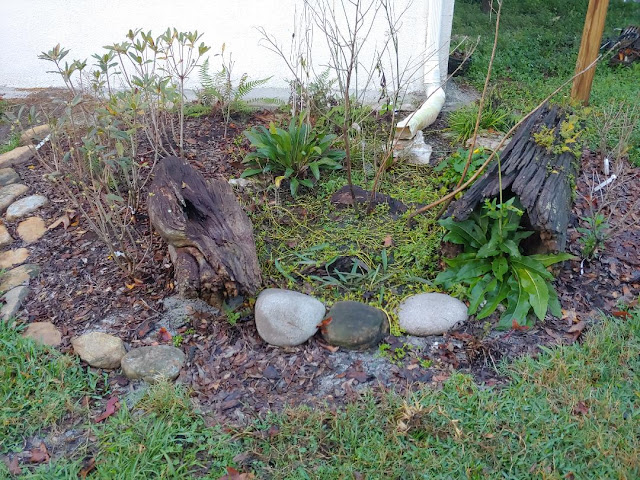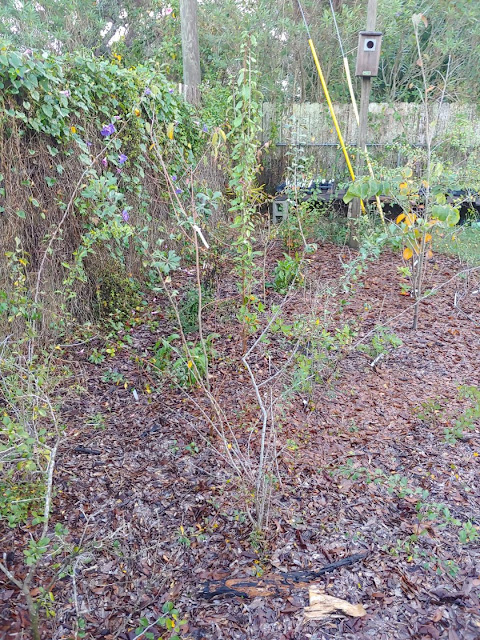Life is Emerging
Georgia aster ( Symphyotrichum georgianum ) Softhair coneflower ( Rudbeckia mollis ) Though it's the beginning of winter in most of the nation, it is not so apparent here in west-central Florida where today's temperatures are in the 70's F well before noon. As a former northerner, it still takes a bit of getting used to even after 33 years here. Not that I'm complaining about not owning a snow shovel anymore or a down jacket...... One of my great joys in living here is being able to garden year-round. I was born to putter around a landscape and I get plenty of time to do that where I now reside. I moved into a blank canvas and for the first time in my life I've been able to truly start from scratch. It's almost amusing when I think that most people landscape their yard to raise its property value. I much prefer having nothing to start with, and if what I am now doing in this rental yard increases or decreases its economic value is immaterial to me.


